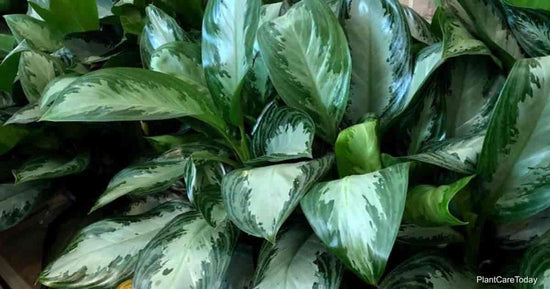How well do we know the environments around our immediate neighborhood or city? In our familiar areas, we may not think much about the living organisms and natural systems around us, let alone jungles thousands of miles across the world.
Geographic environments are composed of many different ecosystems. Ecosystems are networks of natural organisms whose interactions help to maintain the community they are a part of. This includes plants, animals, insects, the sun, and even humans. Diverse beings in an ecosystem keep the local environment healthy and operating. This is known as biodiversity, and without such variety, ecosystems are vulnerable to elimination and decline.
Ecosystems and Diversity Explained
Biodiversity refers to the beautiful variety of all living and even non-living things within a geographic area. These ecosystems create a balanced life and safety for the immediate environment. A diverse ecosystem is more likely to be self-sustained, healthy, and long-lasting because different living organisms are actively playing vital roles.
Envision a rainforest - the sun, rain, and clouds provide vital nutrients for the area's plants. The plants provide shelter, shade, food, and water for the surrounding animals. The animals balance population control and spread plant seeds for more plant growth. Insects break down feces left by animals, improve the health of the soil, and are food for birds. Even underground, fungi and bacteria are working to maintain a healthy habitat. Soil, rocks, and roots help to filter water before it gets to the river or sea for healthy drinking. All of this and more is how healthy ecosystems thrive.
It’s no surprise that plants are the foundation for healthy ecosystems, providing essential needs such as:
- Habitats and food for animals
- Nutrients for epiphytic plants (plants that attach to and receive nutrients by living on other plants)
- Shade + shelter
- Seeds to reproduce other plants
- Pollen for bees, bats, birds, and other pollinators
- Cleaning our air of pollution and releasing oxygen
- Key ingredients for medicines
What Happens When Areas Lack Biodiversity?
If an area loses an entire species, genetic line, or portion of land that it serves, it faces possible collapse, disease, imbalanced populations, extinction, and so much more. Unfortunately, as humans continue to interfere with natural landscapes, the likelihood of these consequences increases.
In the last three decades, the world has lost a billion acres of forest, with the destruction of the Amazon Rainforest jumping 21% since 2020 alone. Deforestation removes millions of acres of trees each year for lumber, palm oil, agricultural production, and commercial/residential land expansion. When forests are torn down, entire animal populations are damaged and endangered, while surviving organisms lose food, water, and shelter. Deforestation also adds to climate stress and the spread of disease due to shortened distances between wildlife and humans.
Did you know that when a tree is cut down, the toxic greenhouse gases absorbed are released back into the atmosphere?
Surprising Facts About Biodiversity + Our Environment
- ¼ of all life on our planet lives underground through bacteria, insects, and fungi
- Forests help keep water clean, by filtering sediments and pollutants through soil and roots before reaching the body of water
- 35% of global crop production depends on pollination
- Trees in metropolitan areas can lower the surrounding temperature by up to 9º F, providing cool shelter for both humans and animals
- Coral Reefs, “the rainforests of the sea”, provide shelter + food for 25% of the ocean’s species
What Can We Do?
Humans have their own role in the ecosystem of their environment. With an effort to stay connected to nature, we feel more empowered to be informed and make decisions that align with the health of our natural world. In addition to researching the biggest threats to biodiversity, here are a few other actions we can take:
- Landscape using the area’s native plants - they require less maintenance and chemical fertilizer
- Research eco-conscious brands to make informed buying decisions
- Support environmental organizations and national parks
- Adopt a mindful, caring relationship for all living organisms in your community





